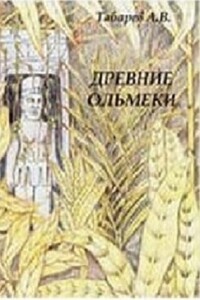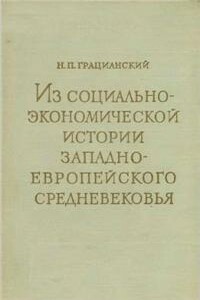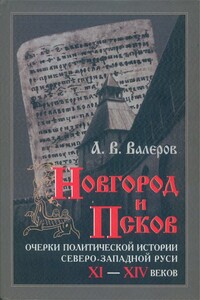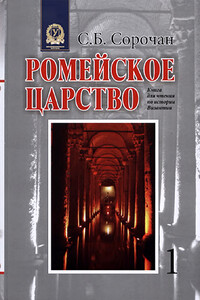В начале XX века в России нарастало революционное движение, но Николай Александрович неохотно шел на уступки и либеральные преобразования. Поражение в русско-японской войне и ослабление международного положения страны дополнительно накалили непростую обстановку, а последующие неудачи в Первой мировой войне вызвали открытую критику самодержавия.
В конце февраля 1917 года начались массовые выступления против правительства, 2 марта Николая II вынудили подписать отречение от престола. Через несколько дней большевики арестовали царскую семью и вывезли в Тобольск. В ночь на 17 июля 1918 года в Екатеринбурге Николая II с женой, детьми и несколькими приближенными расстреляли. Останки царской семьи были найдены в 1991 году и после проведения идентификации перезахоронены в усыпальницу Романовых в Петропавловском соборе Санкт-Петербурга.
Nicholas II, a son to Alexander III, was the last Russian emperor. His reign began with the tragic events. At the festivities devoted to his coronation, more than a thousand people perished because of the throng due to the poor organization of the event.
In the early XX century, revolutionary movement was growing in Russia, but Nicholas Aleksandrovich was reluctant to make any concessions and liberal reforms. Losing the Russo-Japanese war and weakening the global position of the country in the world heated up the enough-complicated situation, and the failures of the World War I that followed raised the public criticism of autocracy.
At the end of February 1917, mass manifestations against the government began, and on March 2, Nicholas II was forced to sign his abdication. A few days later, the Bolsheviks arrested the royal family and escorted them to Tobolsk. On the night of July 17, 1918, Nicholas II and his wife, children, and several servants were shot in Yekaterinburg. The remains of the royal family were discovered in 1991 and, after due identification, reburied in the vault of Romanovs in Sts Peter and Paul Cathedral of St. Petersburg.





